IT’S MY LIFE – LUIGI DI SARRO – CASTLE OF GOOD HOPE – SUD AFRICA
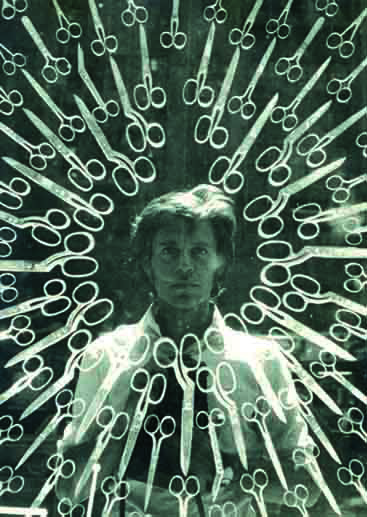
Centro Luigi Di Sarro,
via Paolo Emilio 28, Roma
info@centroluigidisarro – www.centroluigidisarro.it
We are very proud to announce next LUIGI DI SARRO’s show in the program of Cape Town Photography Festival, 5th edition.
It is an event promoting by the Centro ‘Luigi Di Sarro’ based in Rome and the Italian Consulate in Cape Town.
The exhibition will show around 30 photographic works made by Luigi Di Sarro in the 70es in Italy. Some of these works are in collections of prestigious museums around the world (the last acquisition is in the Pompidou Centre in Paris, where 5 works are now exposed in the permanent collection). is a very experimental works wich is so actuall as at the present time.
“It’s my life” is the exhibition title, in order to the Festival theme wich is “Autobiography”.
The opening will be on Oct 11th at 6,30pm in the Old Recruitment Centre – Castle of Good Hope, Cape Town, City Bowl.
During the opening a talk will be conduct by Carlotta Sylos Calò – lecturer at Tor Vergata University of Rome and MAXXI Museum collaborator, wich is the author of the latest book about the photographic laboratory of Luigi Di Sarro.
Between the mid-sixties and the late seventies the art system underwent a decisive transformation. Not only for the use of non-conventional techniques and materials, but also for a new relationship between the artist and: art critics, merchandising, exhibition spaces, audience and reality. The idea of the work of art as an object dissolves. It may be presented as an image, an installation, an event, a behavior. What becomes crucial and significant is the idea behind it. Photography, thanks to its versatility and its nature as a technological medium, comes out in this context and offers the experimental artists a new possibility to process shapes, colors and movement.
Luigi Di Sarro is a witness and a protagonist of this new era. His work is an example of the new artist’s attitude: the appropriation of the technical, linguistic and expressive matters of the photographic medium. In his case, photography adds to a long and previous research through drawing, painting, graphics and sculptures: a performative stroke which makes his art more alive. During the last ten years of his life, Di Sarro produced an imposing body of photographic works about subjects such as: body, light, movement, space and time. Often using his own image and working on it, almost to testify a strong, autobiographical and introspective will. A constant laboratory exercise which transforms the camera lens into a mirror of feelings and reality.
Luigi Di Sarro was born in Lamezia Terme, Calabria, Italy, on November 1st, 1941, during the Second World War. He soon moved to Rome with his family where he lived, studied and worked. His first approach to art was at Carlo Alberto Petrucci’s studio. Following the father’s footprints, he enrolled in the Faculty of Medicine and Surgery and then, once having graduated in 1967, he attended the Academy of Fine Arts in Rome where he graduated in 1972 with a thesis about Artistic Anatomy, which he also taught, first in Macerata Academy, then in Rome. He spent all his life working both as a physician and an artist, using all the ideas he could extract from the scientific world he was studying, to enrich his art. He travelled to New York in 1971 at the Art Students League, which was important and crucial for his photographic research; and to Tokyo in 1975 where he learned new graphic and printing methods, and on the medical site, the agopuntura. In 1976 he was at the National Graphics Institute in Rome, to process and experience the incision technique. For all his life he dedicated himself to both art and science: “The question is the first formalization of the cognitive act”, he wrote. His unexpected death occurred on February 24th, 1979, when he was accidentally killed by carabinieri in plain clothes, a fatal mistake during a time of turmoil and terrorism well known as years of lead.
.-.-.-.
Le opere fotografiche di Luigi Di Sarro saranno esposte in Sud Africa, al Castello di Buona Speranza, nell’ambito di MOP5 Photography Festival di Cape Town e della 12° Settimana della Lingua Italiana nel Mondo, sotto l’Alto Patrocinio della Presidenza della Repubblica.
L’opening si terrà l’11 ottobre alle 6,30 pm presso l’ “Old Recruitment Centre” all’interno del Castello dove la mostra rimarrà esposta fino al 21 ottobre 2012. L’evento è promosso dal Centro Luigi Di Sarro di Roma e dal Consolato Italiano di Cape Town.
Nell’occasione dell’inaugurazione la storica dell’arte Carlotta Sylos Calò, autrice dell’ultimo libro che indaga la ricerca fotografica di Luigi Di Sarro, terrà una conferenza e una visita guidata all’esposizione.
“It’s my life” è il titolo della mostra, in linea con il tema “Autobiografia” del Festival di Cape Town 2012. Una trentina le opere proposte che testimoniano la ricerca sperimentale di Di Sarro negli anni ’70, ancora oggi molto attuale. Tra i lavori esposti figurano anche alcune stampe di opere fotografiche acquisite dalla Galleria Nazionale d’Arte Moderna e dall’Istituto Nazionale per la Grafica di Roma e dal Centre Pompidou – Museo di Arte Contemporanea di Parigi. Proprio al Pompidou sono attualmente esposte 5 delle 6 fotografie acquisite nella collezione permanente.
Tra la metà degli anni Sessanta e la fine dei Settanta l’arte e il suo sistema subiscono una profonda trasformazione. Non solo per l’uso di tecniche e materiali non convenzionali ma anche per un nuovo rapporto che gli artisti hanno con la critica, il mercato, lo spazio espositivo, il pubblico e la realtà. Scompare l’opera d’arte come oggetto e cruciale e significante dal punto di vista artistico diviene l’idea, che si presenta come immagine, installazione, evento o comportamento. Ed è in questo contesto che la fotografia come mezzo di espressione artistica si affaccia sulla scena: grazie alla sua versatilità e alla sua natura di mezzo tecnologico offre la possibilità di elaborare forme, colori e movimenti.
Luigi Di Sarro è testimone e protagonista di questa nuova era. Il suo lavoro è un esempio del nuovo atteggiamento dell’artista, che sperimenta sia dal punto di vista delle tecniche che da quello delle possibilità espressive. E nel caso di Di Sarro la fotografia aggiunge, ad un lungo e precedente lavoro di ricerca fatto con il disegno, la pittura, la grafica e la scultura, quel tratto performativo che rende ancor più viva la sua arte. Negli ultimi dieci anni della sua vita Di Sarro realizza un vasto corpus di fotografie con soggetti quali il corpo, la luce, il movimento, lo spazio e il tempo. Molto spesso utilizzando la sua stessa immagine e lavorandoci sopra, quasi a testimoniare una volontà autobiografica e di introspezione. Un costante esercizio di laboratorio che trasforma l’obiettivo fotografico in uno specchio della realtà e dei sentimenti.
Luigi Di Sarro nasce a Lamezia Terme, in Calabria, il 1° Novembre del 1941, durante la seconda guerra mondiale. Subito si trasferisce con la famiglia a Roma, dove ha vissuto, studiato e lavorato. Il primo approccio con l’arte, ancora liceale, nello studio di Carlo Alberto Petrucci. Seguendo le orme paterne si laurea in Medicina e chirurgia nel 1967, poi subito dopo frequenta l’Accademia di Belle Arti di Roma, dove si diploma con una tesi sull’Anatomia artistica, materia che ha poi insegnato nelle Accademie di Macerata e Roma. Ha sempre lavorato sia come medico che come artista, utilizzando tutti gli spunti che la scienza poteva fornire alla sua arte. Importante nel suo lavoro fotografico la permanenza a New York nel 1971 alla Art Students League e a Tokyo nel 1975 dove apprende insieme metodi di grafica e di stampa e, sul fronte medico, l’agopuntura. Nel 1976 è alla Calcografia Nazionale di Roma per sperimentare tecniche di incisione. Per tutta la sua vita si è occupato di arte e scienza: “La domanda è il primo atto conoscitivo”, scriveva. Muore inaspettatamente nel 1979, per un fatale equivoco, ucciso da carabinieri in borghese nel periodo drammatico del terrorismo che l’Italia ora definisce “anni di piombo”.
Position the cursor on the images to view captions, click on images to enlarge them.
Posizionare il cursore sulle immagini per leggere le didascalie; cliccare sulle immagini per ingrandirle.

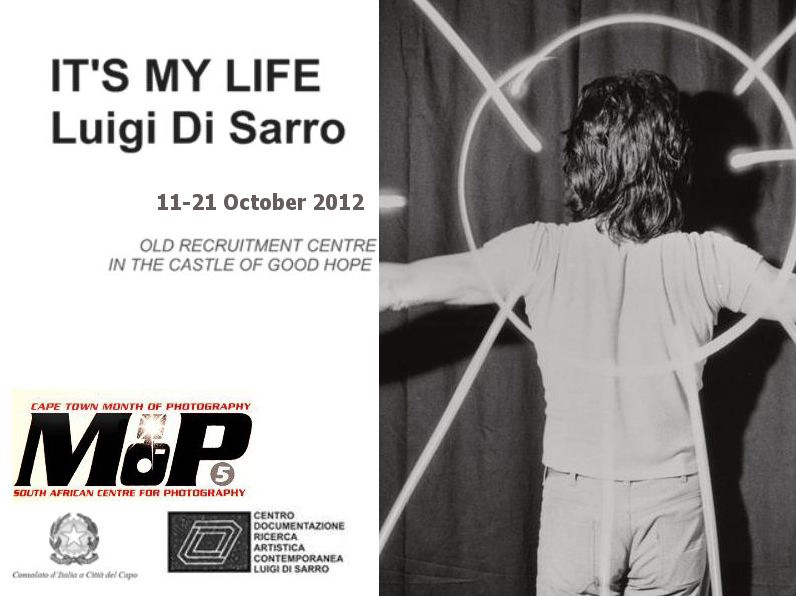
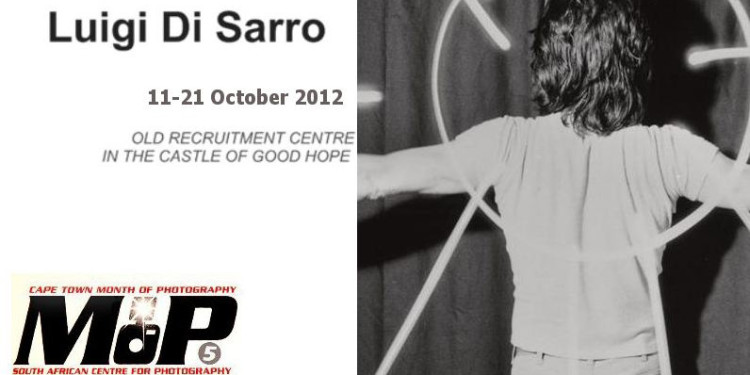
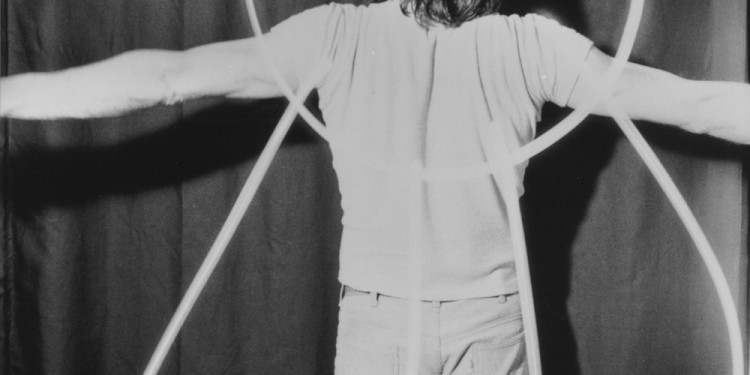
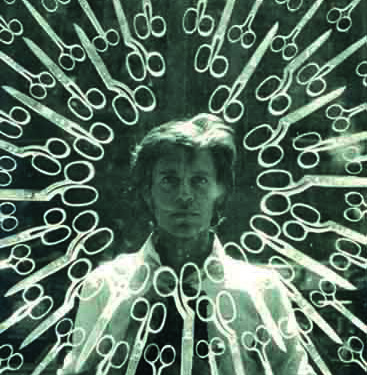
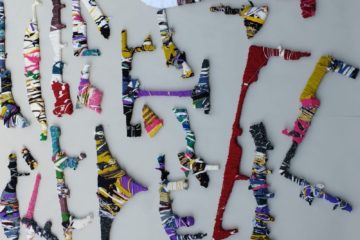
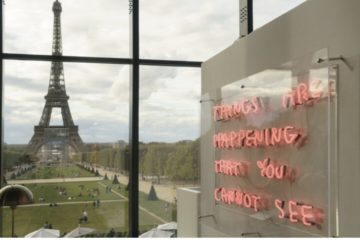
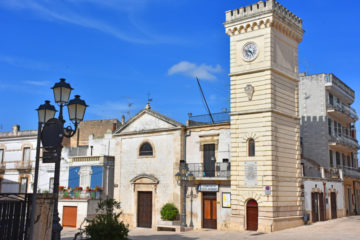
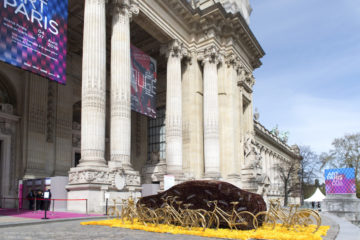

No Comment